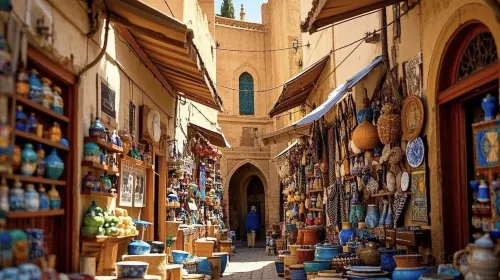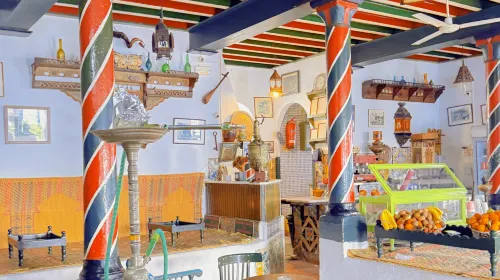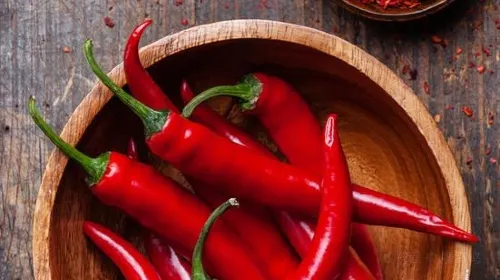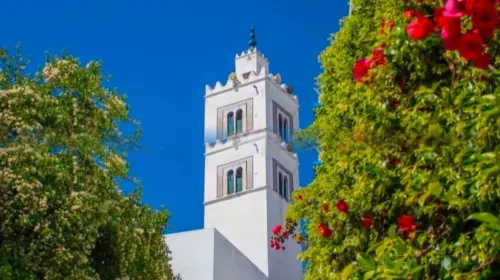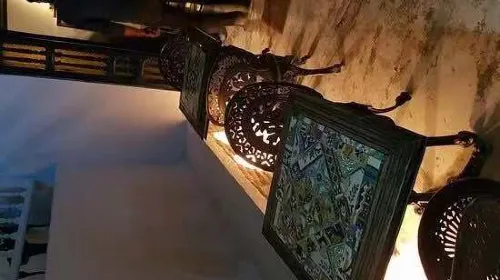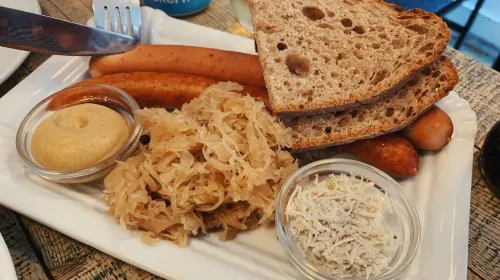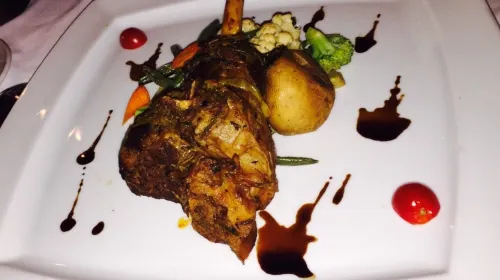Best Restaurants in July in Borj Cedria (Updated 2025)
 View on Map
View on MapCuisines
All
Western-style
Seafood
Coffee Shops
Specialties
Open Late
Sea View
Business Hours
0:00 am~5:00 am
5:00 am~10:00 am
10:00 am~02:00 pm
Price
AUD 0
AUD 206+
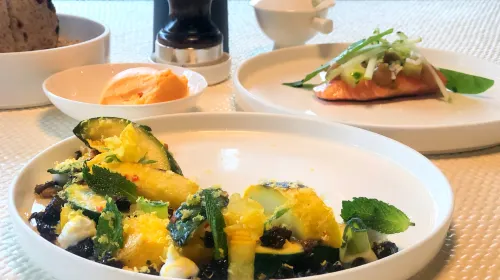
 fly_me_to_the_moonThe pre-meal bread, the bell pepper flavored butter specially made for the restaurant week, is not as greasy as ordinary butter. It has a novel taste and a wonderful experience. Paired with cranberry bread, the taste is really special. It is so delicious that one person ate a basket of it haha~
fly_me_to_the_moonThe pre-meal bread, the bell pepper flavored butter specially made for the restaurant week, is not as greasy as ordinary butter. It has a novel taste and a wonderful experience. Paired with cranberry bread, the taste is really special. It is so delicious that one person ate a basket of it haha~